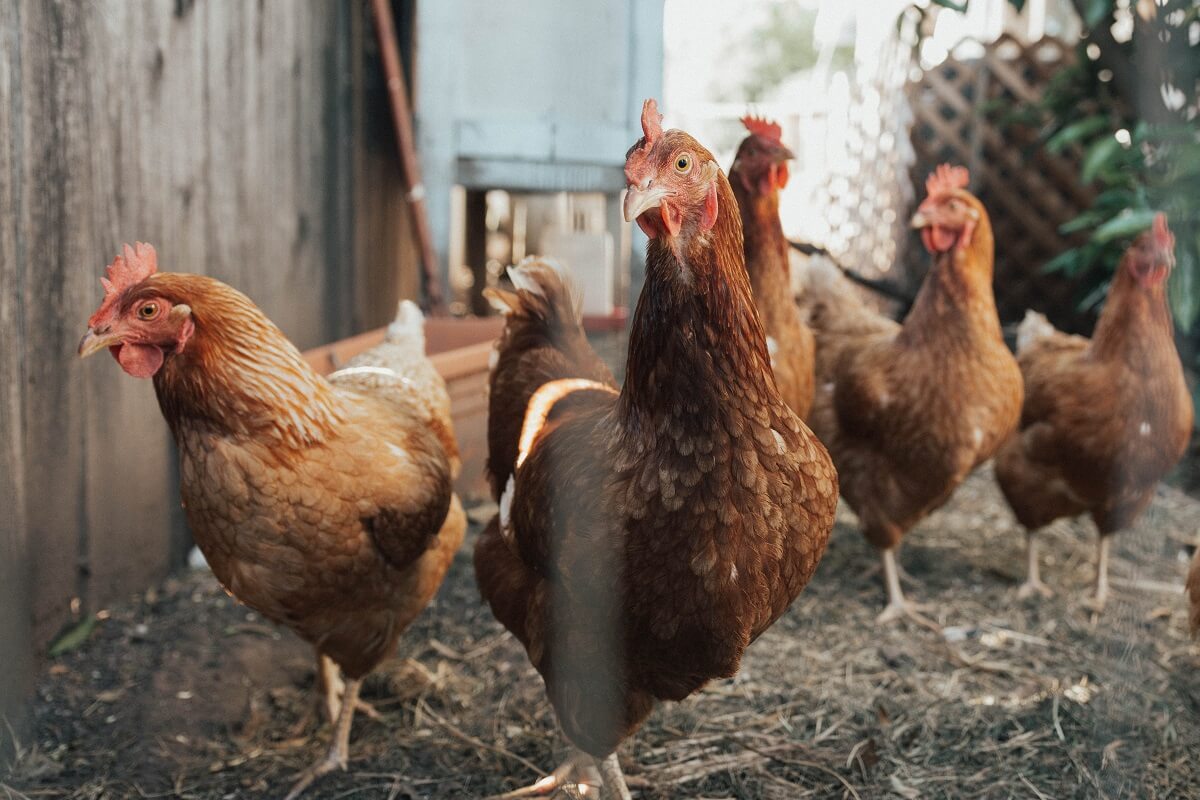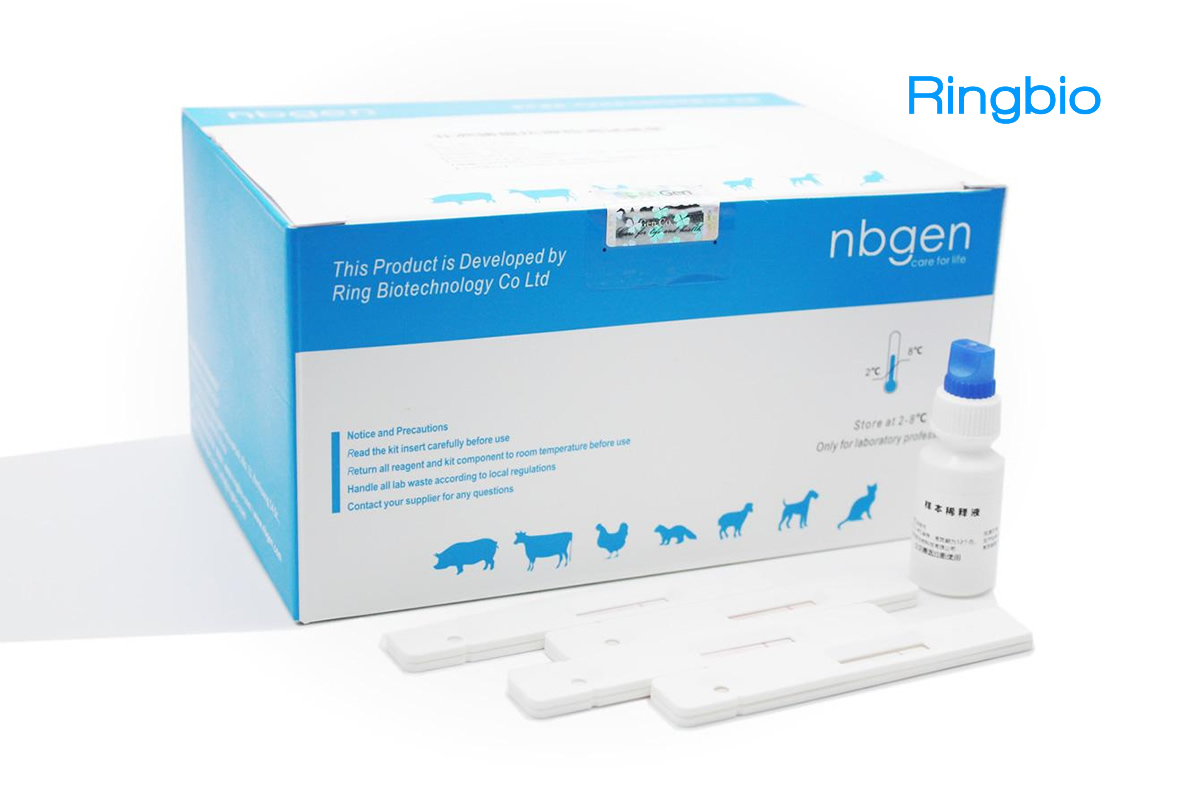
H5N1 in milk has emerged as a pressing concern, raising questions about the potential health risks and the measures needed to prevent its spread. This article delves into the complexities of H5N1 contamination in milk, examining its sources, implications, and the actions being taken to safeguard public health.
H5N1, a highly pathogenic avian influenza virus, has been detected in milk samples, sparking fears of its transmission to humans through consumption. The presence of H5N1 in milk poses a significant threat, as it can cause severe respiratory illness in humans, with potentially fatal consequences.
H5N1 in Milk: An Overview
H5N1, commonly known as avian influenza, is a highly contagious viral infection that primarily affects birds. However, it can also be transmitted to humans through contact with infected poultry or their secretions, including milk.
The presence of H5N1 in milk has raised concerns due to its potential to cause severe respiratory illness in humans. The virus can enter the milk supply through infected cows or during milking processes that involve contact with contaminated bird droppings.
| Characteristic | Information |
|---|---|
| Transmission | Through contact with infected birds or their secretions, including milk |
| Incubation Period | 2-7 days |
| Treatment | Antiviral medications, supportive care |
Health Risks Associated with H5N1 in Milk
Consuming milk contaminated with H5N1 can lead to severe respiratory illness in humans. Symptoms typically include fever, cough, sore throat, muscle aches, and fatigue.
In severe cases, H5N1 infection can progress to pneumonia, acute respiratory distress syndrome (ARDS), and organ failure. The virus can also cause conjunctivitis, encephalitis, and myocarditis.
- Avoid consuming raw or unpasteurized milk.
- Practice good hygiene when handling poultry or their products.
- Wash hands thoroughly after contact with animals or their secretions.
Prevention and Control Measures: H5n1 In Milk

Preventing and controlling the spread of H5N1 in milk requires a multi-faceted approach involving surveillance, monitoring, and testing.
Surveillance programs monitor poultry flocks for signs of H5N1 infection. Infected birds are promptly isolated and culled to prevent further spread.
- Implement strict biosecurity measures on poultry farms.
- Monitor and test poultry flocks regularly for H5N1.
- Educate farmers and handlers about the risks and prevention measures.
- Pasteurize milk to kill any potential H5N1 virus.
Impact on the Dairy Industry

H5N1 outbreaks can have a significant impact on the dairy industry, leading to economic losses and market disruptions.
Outbreaks can result in the culling of infected poultry flocks, reducing milk production and supply. This can lead to increased milk prices and shortages.
| Country | Year | Estimated Economic Loss |
|---|---|---|
| United States | 2015 | $1.5 billion |
| China | 2021 | $1.3 billion |
| Japan | 2022 | $500 million |
Public Health Implications

H5N1 in milk poses a significant public health concern due to its potential to cause severe illness and even death.
Educating the public about the risks and preventive measures is crucial to minimize the risk of infection.
- Public health campaigns to raise awareness about H5N1.
- Guidelines for healthcare professionals on diagnosis and treatment.
- Resources for the general population on prevention and hygiene practices.
Wrap-Up
Addressing the issue of H5N1 in milk requires a multi-pronged approach involving surveillance, monitoring, and stringent hygiene practices throughout the dairy industry. By implementing effective prevention and control measures, we can mitigate the risks associated with H5N1 contamination and ensure the safety of our milk supply.





